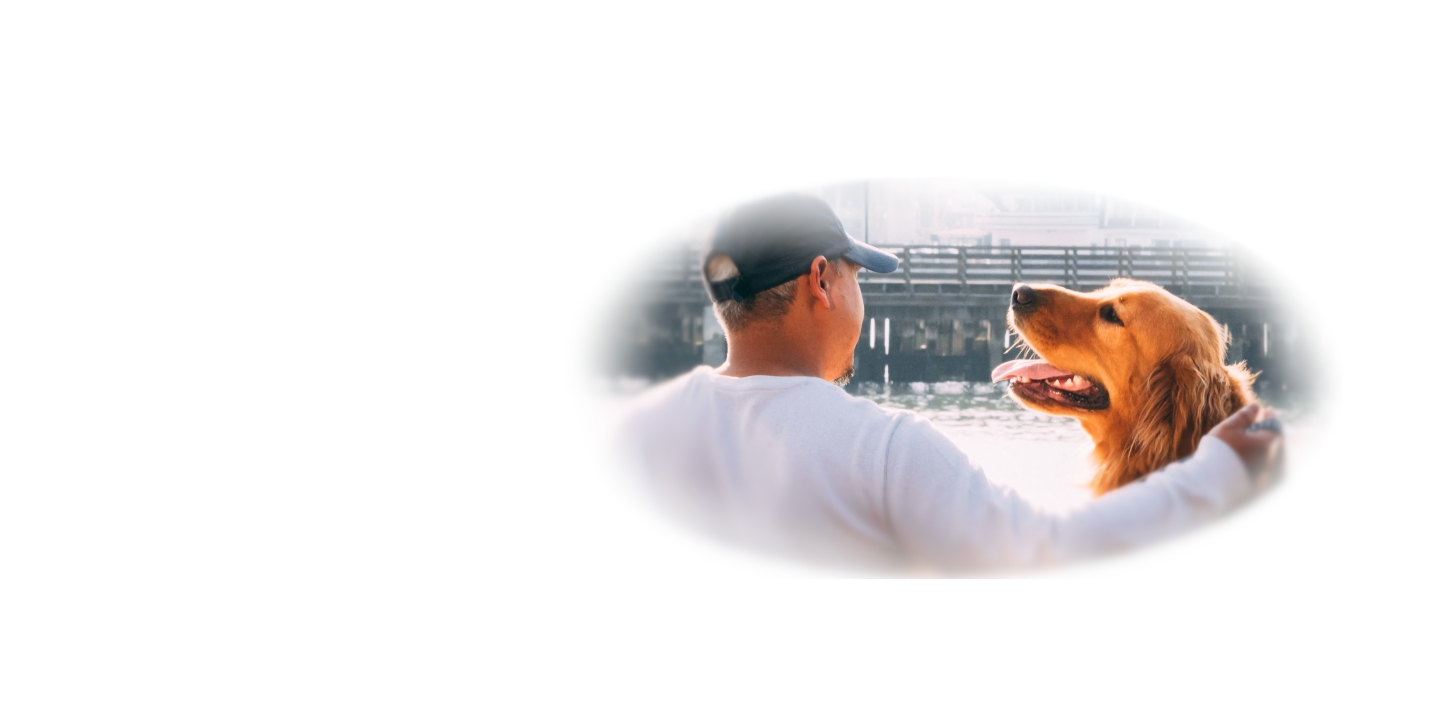Canine cataracts
Older cataracts are more difficult to remove
Cataracts happen in dogs both young and old. Causes include genetic inheritance (dogs with cataracts should not be used for breeding), metabolic disturbances (diabetes), trauma, nutritional imbalance (orphan pups on milk replacer), and chronic uveitis (an inflammatory disease of vascular tissue deep in the eye).
Healthy lenses are transparent, or clear, so that all incoming light passes easily through to the retina. With cataracts, the lenses are opaque, which means light cannot pass through to the retina, resulting in decreasing vision and blindness. A cataract is any focal or diffuse opacity of the normally transparent lens, usually caused by proteins in the eye that clump together and cloud the eye. This can be corrected with surgery.
“The ideal time to perform cataract surgery is prior to the cataract becoming mature, as more advanced cataracts (mature and hyper-mature) are more likely to cause lens-induced intraocular inflammation, lens instability, and loss of lens capsule integrity,” says Dr. Kelly Knickelbein, assistant clinical professor of ophthalmology. “These complications may preclude surgery from being performed, may lead to a poorer prognosis for vision and comfort following surgery, and may preclude placement of a synthetic intraocular lens.”
Cataract-related issues
In addition to vision loss, chronic cataracts can cause excruciatingly painful, unmanageable secondary issues within the eye, for which the only recourse is enucleation, or surgical removal of the eye. This happens because the lens continuously degenerates over time, sparking chronic inflammatory changes around it. These secondary issues include lens-induced uveitis, glaucoma (increased intraocular pressures), and lens luxation (dislocation of the lens). Cataracts can also cause retinal detachment, which can result in blindness.
Regaining eyesight and avoiding the problems secondary to chronic cataracts are the two main reasons to consider cataract surgery for your dog. For ideal surgical candidates, the success rate of cataract surgery in dogs has been reported to be as high as 80-90%, and in general, the sooner the surgery is done, the better the outcome. While many of the complications that may arise are manageable, surgery is not without risk.
Surgery decisions
The surgery is called phacoemulsification. Small incisions are made in the cornea and the lens capsule. High-frequency vibration is used to essentially pulverize the lens, which is then removed by vacuum. An artificial lens is inserted into the eye, and the cornea is sutured closed.
“Dogs undergoing cataract surgery generally spend three to four days in the hospital; however, this may be extended if complications arise,” says Knickelbein. “This stay includes an initial examination and pre-surgical diagnostics (ocular ultrasound to rule out retinal detachment), and electroretinogram to demonstrate appropriate retinal function, pre-anesthetic evaluation, anesthesia and surgery, and close post-operative monitoring.”
“Following discharge,” she says, “at-home care involves treatment with several eye drops four to six times daily, several oral medications, use of a hard plastic E-collar and activity restriction. Follow-up examinations are performed frequently in the early post-operative period, and patients generally require at least one topical medication, and routine examinations life-long.”
According to Knickelbein, the most common post-operative complications are protracted intraocular inflammation and glaucoma. Other complications include corneal ulcers, infection and retinal detachment.
What’s the best way to avoid these complications and ensure a good outcome? Don’t wait after your dog has been diagnosed with cataracts. The more mature the cataract the more likely post-operative complications are to arise.
One eye or two
Knickelbein says, “The decision to perform cataract surgery on one or both eyes depends on if both eyes are affected with cataracts, the stage of those cataracts and the overall health of the eyes. Cataract surgery in dogs requires general anesthesia, so if both eyes have cataracts and are candidates for surgery, both eyes are often operated as one procedure. Some dogs may only have one eye that is a candidate for surgery despite bilateral cataracts, and some cataracts are asymmetrical such that surgery is only indicated in one eye.”
Whenever possible, the best advice is to pursue surgical correction of cataracts sooner rather than later. But if you or your dog are not good candidates for this, don’t lose hope. Talk to your veterinarian about instituting topical therapy with anti-inflammatory drops to try to prevent cataract-associated ocular disease, and have your dog’s ocular pressures checked for glaucoma every four to six months. Dogs adapt well to being blind in a protected environment, like your home, with a little extra help from you.
Could it be lenticular sclerosis?
As your dog ages, you may notice a bluish haze developing deep in their eyes, behind the pupils. More than likely, if your dog is still able to see, this bluish haze is a common, normal, aging change called lenticular sclerosis or nuclear sclerosis.
With lenticular sclerosis, the lens fibers become compressed and somewhat degenerative over time, resulting in translucency. Translucent lenses are hazy or cloudy, allowing only partial passage of light. Lenticular sclerosis will not make dogs blind; they just may not see fine details like they once did.
Diabetic dogs
Diabetic cataracts are caused by high blood sugar. Excess sugar (glucose) in the lens is converted to sorbitol, which draws water into the lens. This causes the lens to swell, resulting in disruption of lens fibers and oxidative stress, which results in cataracts.
About 75-80% of diabetic dogs will develop cataracts within the first year of their diagnosis, regardless of how well-controlled their diabetes is. The cataracts tend to form quickly, and they frequently cause severe lens-induced uveitis, which can result in glaucoma. Glaucoma is notoriously difficult to manage in these patients, and many dogs need the eye removed. Your best bet for a diabetic dog with cataracts is pursuing surgical correction as soon as possible.
This article has been reprinted with permission from the Cornell University College of Veterinary Medicine’s DogWatch newsletter, published by Belvoir Media Group. When you become a member of the Riney Canine Health Center, you will receive a free subscription to DogWatch.

